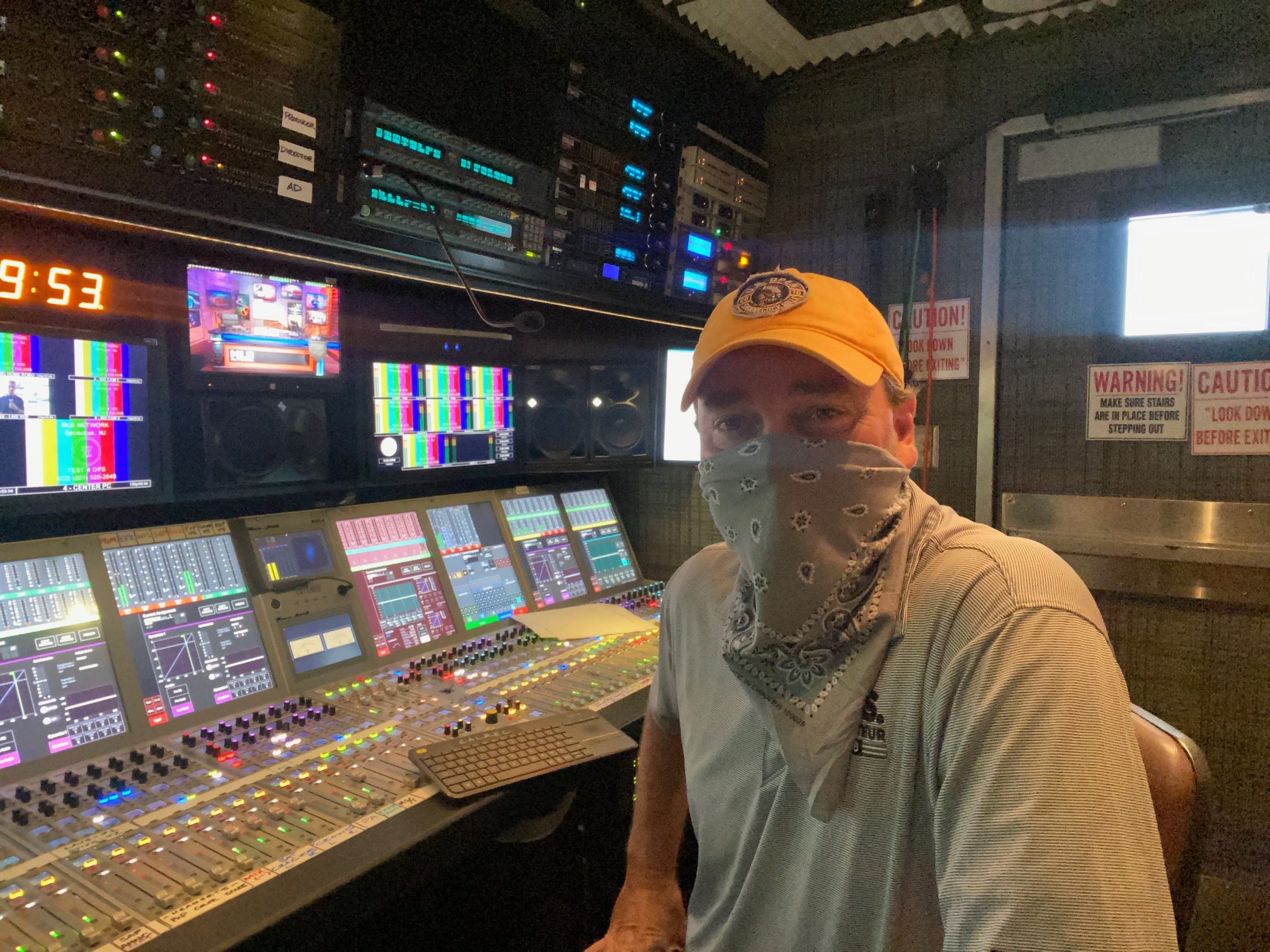Remote Workflows Complicate Production of Baseball Audio
Fox Sports’ Home Run Production created efficiencies but also added some challenges
Story Highlights
Major League Baseball returned April 1, though not without a hiccup as a reminder of the traditional significance of the first day of the fourth month. But, throughout most of the MLB universe, the sounds of the game were a welcome harbinger of an otherwise seemingly normal Opening Day.
“We are excited to get back to baseball as we’ve known it to be: at the ballpark surrounded by our friends and family under the warm sun,” says Brad Cheney, VP, field operations and engineering, Fox Sports. “Our goal as always is to bring the sounds and experience of the ballpark home to the viewers on every device they watch us on.”
He reiterates the network’s commitment to the Home Run Production workflow it initiated in 2018. “We are continuing along the path we started with HRP last season and will utilize these workflows along with world feed and full onsite productions this season.”
Sound Sources Vary From Venue to Venue
However, while HRP brings significant efficiencies with it, it can also complicate things. Joe Carpenter, senior audio mixer for Fox Sports and A1 for the MLB Network’s Showcase games, works from MLB’s Secaucus, NJ, studio. Audio sources vary from stadium to stadium, but a basic FX feed — at least bat cracks, crowd sound, and, usually, a first-base microphone — is sent from each venue. That starts a process that’s technically sophisticated but depends heavily on the human eye and ear.

Veteran A1 Joe Carpenter looks forward to event games, where workflows are typically onsite and more mics are deployed.
The first challenge is to synchronize the effects feeds with the video in the remote-production truck. That will vary, Carpenter says, depending on the types of equipment, such as converters and encoders, used in each production environment.
“The challenge for audio is, you wait until the control room times out all the video, and now you’ve got to time out your audio with each source,” he explains. “For your live show, it’s fairly easy: you can use batting practice to set your synch.
“The second level of the challenge,” he continues, “is a day game that followed a night game, and there is no batting practice. You may end up trying to time your bat cracks for the live show with the [groundskeeper] pounding the dirt for the pitcher’s mound, something on the field that gives you a transient to lock onto. And there are a number of things in the [signal] chain that can still cause audio to go out of synch.”
Critical harmonizations of sound and picture also extend to each camera-mounted microphone, which must be properly timed with the picture coming from replays. Sometimes Carpenter finds himself well into the first inning before everything is fully caught up.
“It might take me four or five pitches to get the bat cracks lined up in time,” he says. “I’m pretty good at it, but, if I had no batting practice, they throw the first pitch of the game and it’s like, Here we go; let’s see how close I am.”
An Arsenal of Tools and Alliances
Carpenter has a variety of tools to help tighten the audio synch to picture and must often uses the digital delays aboard the Calrec console. Another tactic, though, is to work closely with the local A1s, who can help him negotiate the individual idiosyncrasies of each stadium and its broadcast interface. They can also be a lifeline when something goes off script. For instance, something as simple as swapping out a bad card in a switcher in the remote truck can substantially alter the matrix of cameras and microphones.
“Which means all of my embedded audio sources are now swapped to another video source,” he explains, relating one experience. “I’m about ready to go on the air, and I’m like, I’m hearing microphones but they’re not the microphones that I’m supposed to hear! It turns out they had a bad card in that truck so they swapped out cards but didn’t tell audio.
“These kinds of problems,” Carpenter continues, “can cascade, like dominoes: one thing leads to another, leads to another. So I’m happy when I have the [local] A1’s phone number in my phone and can call and say, Hey, can you work with me on this.”
An example of such alliances is Tom Meegan, a New Hampshire-based freelance EVS operator. Pitch by pitch, he and Carpenter time events remotely through the router even as Meegan provides slo-mo replays on demand for the director.
“Sometimes, throughout the first inning and a half, he’s timing things into the router with me,” says Carpenter. “It’s a luxury when you have someone [onsite] who can multitask like that.”
Adds Meegan, “Joe does the same sort of thing for us in EVS-land all the time. Cooperation makes our shows better and the work more fun.”
All the fundamentals of baseball audio are present in these REMI-type productions, although some of the more veteran A1s like Carpenter might miss the ability to search out the nuances of particular stadiums’ sonic signatures. He says he looks forward to the event-type games — the All-Star Game and the upcoming 9/11 game (the Mets and Yankees will play at Citi Field on Sept. 11 on the 20th anniversary of the 9/11 terrorist attacks) — for which networks deploy more-conventional production workflows onsite and which are an opportunity to deploy more microphones, including on players, who Carpenter says have become more accepting of the idea of wearing a wire on the field.
“You’ll see a marked difference in the audio, for sure, because we’re not restricted to feeds anymore,” he says. “We’re doing our own thing, with more and better-quality microphones, which makes a huge, huge difference.”
